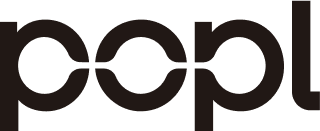What is digital networking?
Digital networking is the practice of using digital tools and platforms to build professional relationships. It spans everything from email and LinkedIn to video calls, virtual communities, digital business cards, and lead capture apps. It’s how professionals connect, collaborate, and share information in a fast-moving, increasingly online world.
Over the past decade, digital networking made it easier to scale outreach and maintain visibility without being in the same room. But as more teams rely on the same online channels, digital spaces are becoming noisier and harder to break through. Inbox fatigue is real. LinkedIn DMs blur together. Calendars fill with virtual meetings that don’t always lead to real connections.
That’s why the most effective digital networking today blends scalable online tools with something that can’t be automated: in-person presence.
Why digital networking matters now
The shift to digital-first work brought flexibility but also new friction. Buyers are harder to reach. Face-to-face interactions are rarer. And digital saturation means it takes more effort to stand out.
That’s where in-person networking is making a comeback. From conferences to customer dinners, face-to-face conversations offer what digital often can’t: trust, context, and real-time connection. But in-person moments alone aren’t enough. Without the right tools, contacts go uncaptured, follow-ups never happen, and data gets lost in the shuffle.
That’s why today’s most successful networkers rely on digital business cards, lead capture apps, and automated tools that amplify the power of in-person interaction. This hybrid approach turns handshakes into trackable pipeline. In a crowded digital landscape, people remember those who meet them where they are and follow up thoughtfully.



